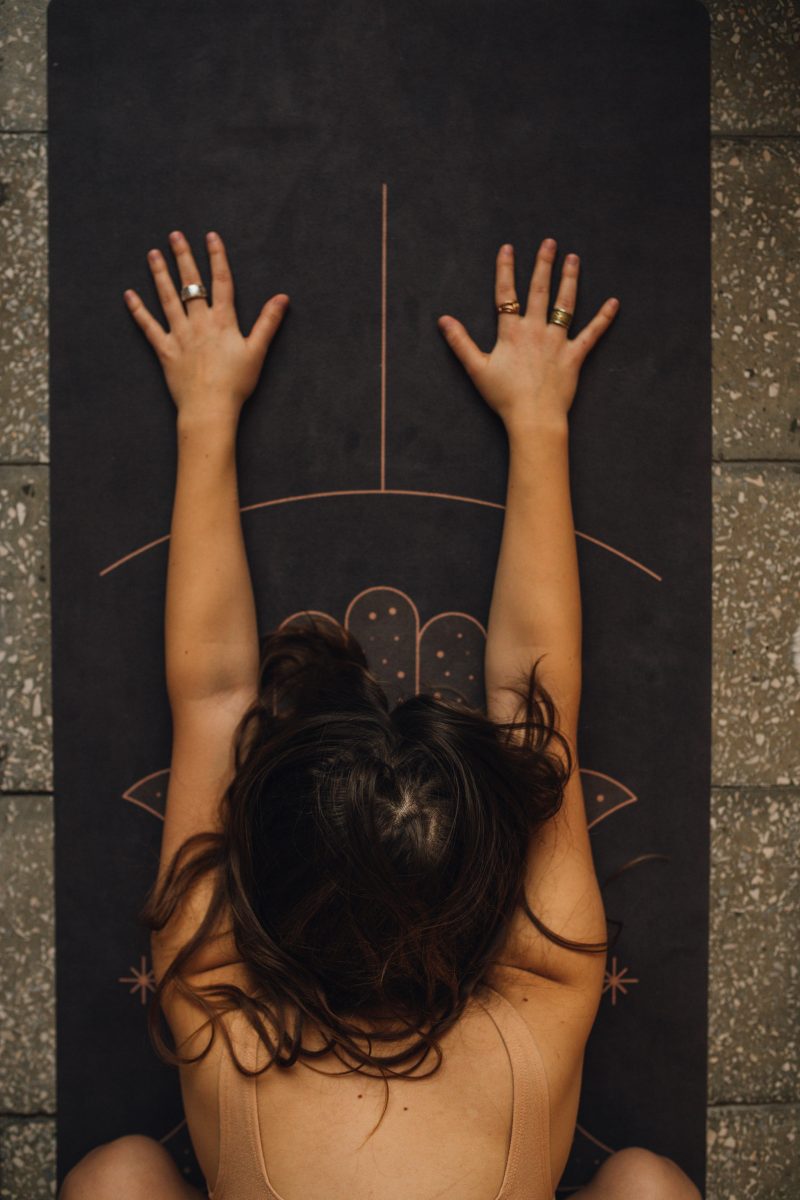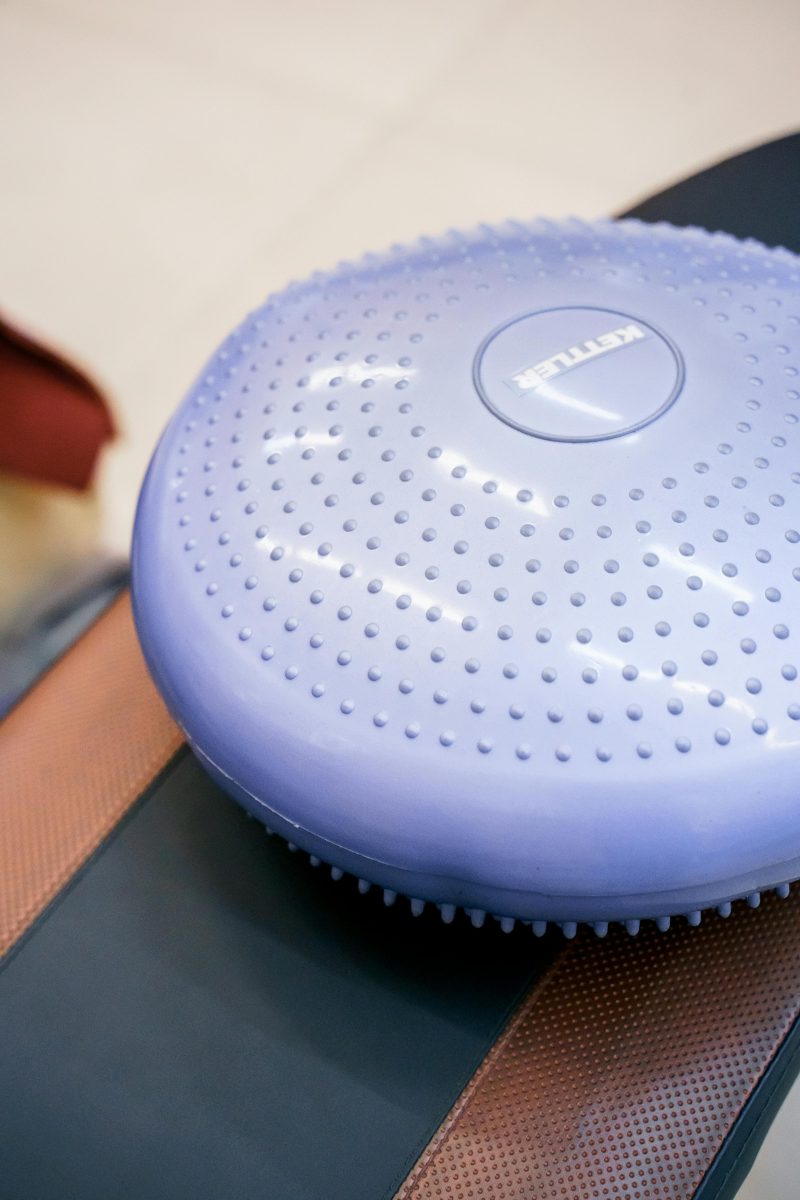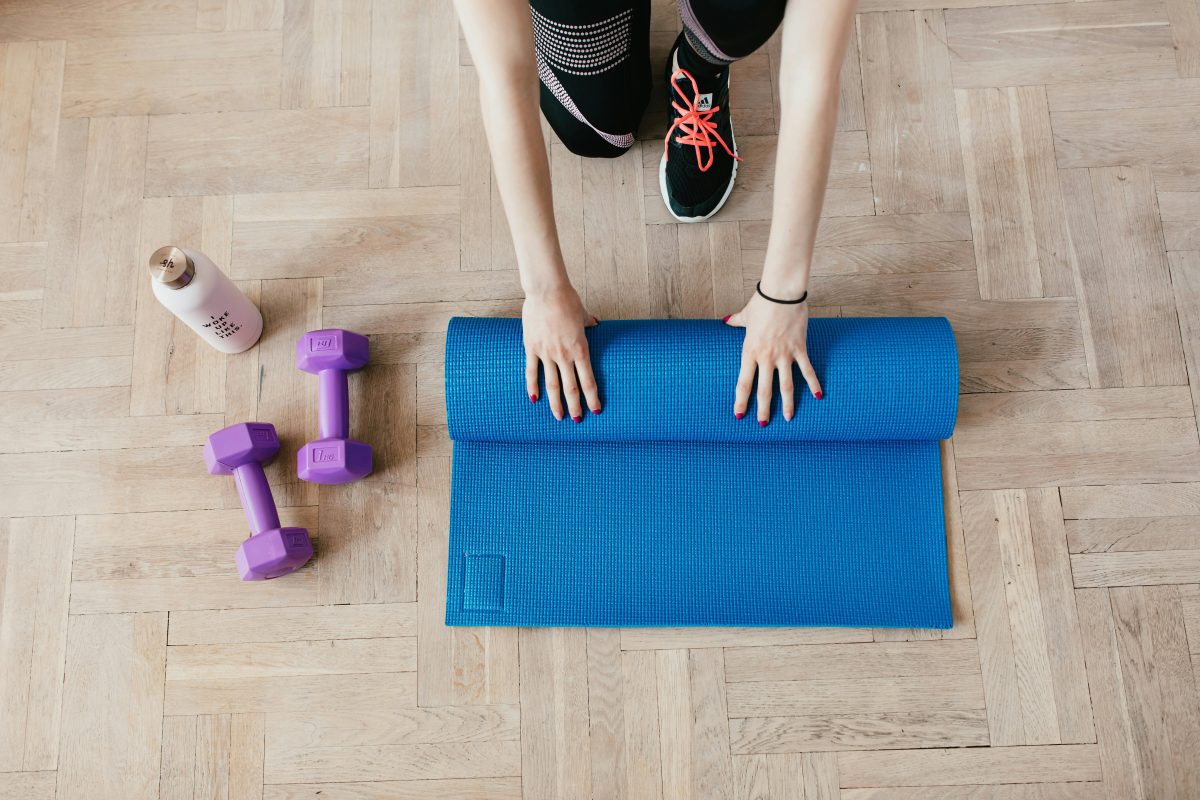Last Updated on: 14th July 2024, 08:53 am
Introduction to Pilates and Yoga

Brief History of Pilates
Conceived in the early 20th century by Joseph Pilates, a German physical trainer, Pilates was initially crafted as a rehabilitation program for injured soldiers during World War I. It later evolved, integrating elements of yoga, ballet, and ancient Greek and Roman fitness practices, into a comprehensive system aimed at improving flexibility, strength, and mind-body awareness. Its adaptability and effectiveness have cemented Pilates as a cornerstone in the fitness and wellness industry.
Brief History of Yoga
Yoga, with its roots stretching back over 5,000 years in ancient India, is a profound practice encompassing physical postures, breath control, and meditation. Initially a spiritual and ascetic discipline, yoga has transcended its origins to become a global phenomenon, celebrated for its ability to enhance physical health, mental clarity, and emotional well-being. Its rich history and diverse styles ensure that yoga remains a timeless practice, adaptable to the needs of practitioners worldwide.
The global reach and popularity of Pilates and yoga are undeniable. From bustling cities in the United States to serene landscapes in Asia, these practices have woven themselves into the fabric of wellness cultures around the world. Their universal appeal lies in their versatility, offering something for everyone, regardless of age, fitness level, or background. As they continue to evolve, Pilates and yoga stand as pillars of a global movement towards holistic health, demonstrating the power of mindful movement in achieving a balanced and healthy lifestyle.
Core Philosophies and Objectives

The Spiritual and Meditative Focus of Yoga
Yoga serves as a bridge between the physical and the spiritual, aiming to harmonize the body, mind, and spirit. Its essence lies in achieving a state of inner peace and self-awareness through meditation, breath control, and the execution of asanas (postures). This ancient practice views wellness as a holistic concept, where mental clarity and emotional balance are as crucial as physical health. The spiritual journey in yoga is personal and profound, offering a path to enlightenment and a deeper connection with the universe.
The Physical Fitness and Rehabilitation Focus of Pilates
Pilates, on the other hand, emphasizes physical conditioning, targeting core strength, flexibility, and posture. Originating as a rehabilitation tool, it has evolved into a comprehensive fitness system that suits everyone from elite athletes to those recovering from injuries. Pilates defines wellness as achieving optimal body mechanics and alignment, which in turn, supports efficient movement and physical resilience. Its approach is methodical, focusing on precision and control, with a clear objective of enhancing physical capability and preventing injury.
While yoga and Pilates differ in their primary focus, both practices champion the concept of balance. Yoga seeks equilibrium between mind, body, and spirit, encouraging practitioners to explore their inner landscape. Pilates aims for physical balance, promoting strength and flexibility equally. Together, they offer a complementary approach to wellness, addressing the multifaceted needs of the human condition. Whether seeking spiritual growth through yoga or physical rehabilitation through Pilates, individuals can find a practice that resonates with their personal wellness goals.
Key Differences Between Pilates and Yoga

The Role of Equipment in Pilates vs. the Minimalism in Yoga
- Pilates often incorporates specialized equipment, such as reformers and Cadillac machines, designed to enhance precision and control during workouts. This equipment adds resistance, aiding in the strengthening and lengthening of muscles.
- Yoga, in contrast, embraces minimalism. While accessories like blocks or straps may be used, they are not central to the practice. The focus is on using one’s body weight to achieve balance, flexibility, and strength.
The Emphasis on Core Strength in Pilates Compared to the Holistic Approach of Yoga
- Pilates is renowned for its intense focus on core strength, targeting the “powerhouse” muscles that encompass the abdomen, lower back, hips, and buttocks. This concentration ensures a solid foundation for overall movement and stability.
- Yoga, while also beneficial for core strength, adopts a more holistic approach. It aims to balance strength with flexibility, incorporating breathing and meditation to achieve mental and physical wellness.
The Structured Nature of Pilates Classes Versus the Fluidity and Variety in Yoga Practices
- Pilates classes are known for their structured nature, following a specific sequence of exercises that build on each other to maximize physical benefits. This methodical approach ensures a comprehensive workout within each session.
- Yoga, however, offers a rich diversity of styles, from the gentle flows of Hatha to the intense sequences of Vinyasa. This variety allows practitioners to explore different aspects of their physical and spiritual well-being, making each practice unique.
Understanding these key differences can guide individuals in choosing the practice that best aligns with their personal fitness and wellness goals. Whether drawn to the precision and core emphasis of Pilates or the holistic, varied nature of Yoga, both paths offer valuable benefits for mind, body, and spirit.
Similarities That Bridge the Gap

The Importance of Breathing Techniques in Both Practices
At the heart of both Pilates and yoga lies the profound emphasis on breathing techniques. This focus is not incidental; it’s foundational. Breathing deeply and intentionally enhances oxygen flow, energizes the body, and helps in maintaining a rhythmic flow during exercises. In Pilates, breath work is synchronized with movement, aiming to improve concentration and facilitate the precise execution of each posture. Yoga, similarly, uses breath control, or pranayama, to guide practitioners into a state of mental clarity and calm. This shared emphasis not only improves physical endurance but also fosters a meditative state, bridging the gap between body and mind.
The Focus on Mind-Body Connection
Both disciplines champion the mind-body connection, encouraging practitioners to cultivate an awareness that transcends the physical. This holistic approach is key to understanding and harnessing the power of both practices. In yoga, this connection is explored through mindfulness and meditation, integrating the physical with the spiritual. Pilates, while more physically oriented, also promotes an acute awareness of the body’s movements and alignment, thereby enhancing mental focus and clarity. This mutual acknowledgment of the mind-body nexus underscores the transformative potential of both Pilates and yoga.
The Adaptability for Different Skill Levels and Physical Conditions
One of the most compelling similarities between Pilates and yoga is their inherent adaptability. Both practices welcome individuals at any stage of their fitness journey, offering modifications and variations to accommodate different skill levels and physical conditions. Whether it’s a seasoned athlete looking to enhance performance or someone recovering from an injury, Pilates and yoga can be tailored to meet diverse needs. This inclusivity not only broadens their appeal but also underscores their role as accessible pathways to health and wellness.
Understanding these core similarities helps to appreciate how Pilates and yoga, despite their differences, share a common ground. They both offer a holistic approach to wellness, emphasizing the importance of breath, the mind-body connection, and adaptability. This makes them complementary practices that can enrich one’s journey to achieving a balanced and healthy lifestyle.
Health Benefits and Potential Drawbacks

Comparative Analysis of Physical Benefits
Flexibility, strength, and posture stand as the pillars of both Pilates and yoga, yet they approach these elements differently. Pilates, with its emphasis on core strength, offers a structured path to improving posture and muscle tone. Its precise movements target the deep muscles, enhancing stability and alignment. Yoga, on the other hand, champions flexibility. Through its varied postures, it stretches and strengthens the body, promoting a balanced development of muscle groups. Both practices contribute to a more poised and graceful bearing, but through distinct methodologies.
Mental Health Benefits
The tranquility of yoga’s meditative practices significantly reduces stress, inviting a serene mindset and improved concentration. Its breath control techniques, or pranayama, encourage a deep connection with the present moment, fostering mindfulness. Pilates, while more physically oriented, also offers mental benefits. The concentration required to perform Pilates exercises with precision promotes a focused and clear mind, effectively combating stress. Both disciplines, therefore, not only sculpt the body but also soothe the mind.
Considerations of Injury Risks
While both Pilates and yoga are low-impact and generally safe, the risk of injury exists, particularly for beginners or those with pre-existing conditions. Yoga’s potential for overstretching or improper alignment can lead to strains, especially without proper guidance. Pilates, with its focus on controlled, precise movements, minimizes this risk but still requires careful attention to form to avoid stress injuries. Both practices address these risks by emphasizing the importance of working with knowledgeable instructors and listening to one’s body, ensuring a safe and beneficial experience.
Ultimately, whether one leans towards the core-centric approach of Pilates or the holistic flexibility of yoga, both paths offer profound benefits for physical and mental health. The choice between them depends on personal goals, preferences, and the guidance of experienced practitioners. By understanding their unique benefits and potential drawbacks, individuals can make informed decisions that align with their wellness journey.
Choosing the Right Practice for You

Assessing Personal Fitness Goals and Preferences
- Reflect on your goals: Mental clarity, physical rehabilitation, or a blend? This will guide you to the right practice.
- Consider your preferences: Do you prefer structure (Pilates) or freedom (Yoga)?
Understanding the Commitment: Time, Financial, and Lifestyle Considerations
- Time commitment: How much time can you dedicate? Both practices require consistency but can be adapted to your schedule.
- Financial investment: Yoga may need less equipment than Pilates, which might involve additional costs for classes with specialized apparatus.
- Lifestyle fit: Choose a practice that aligns with your daily routine and is sustainable long-term.
Tips for Beginners on How to Get Started with Either Practice
- Start with the basics: Look for beginner classes or workshops to build a strong foundation.
- Don’t rush: Allow your body to adapt to new movements and postures.
- Find experienced instructors: They can guide you, ensure proper form, and help minimize the risk of injury.
- Listen to your body: Be patient with your progress and enjoy the journey.
In Closing
Pilates and yoga offer paths to holistic health. These practices nurture both body and mind, fostering a balanced lifestyle. Delving into their histories, philosophies, and methodologies reveals a rich tapestry of benefits, tailored to diverse needs and goals. Embrace the journey towards wellness, exploring the unique offerings of Pilates and yoga. Let your personal aspirations guide you to the practice that resonates, embarking on a transformative path to well-being.
Pilates vs. Yoga: Differences and Similarities FAQs
Pilates and Yoga can be safe and beneficial for pregnant women, but it’s important to practice forms of each that are specifically modified for pregnancy. Prenatal Yoga focuses on poses that are safe for pregnant women and can help with the discomforts of pregnancy and prepare the body for childbirth. Similarly, prenatal Pilates strengthens the pelvic floor and abdominal muscles, supporting the body as it changes, but always under the guidance of a certified instructor.
Yes, both Pilates and Yoga can be effective in alleviating back pain. Pilates strengthens the core muscles, which support the back, and Yoga promotes flexibility and strength in the back muscles, along with improving posture. Both practices encourage awareness of body alignment and proper movement patterns, which can prevent and reduce back pain.
Both practices can contribute to weight loss, but in different ways; Yoga can help burn calories, especially in more active forms like Vinyasa or Power Yoga, and reduce stress, which is often linked to weight gain. Pilates is particularly effective in building lean muscle mass, which can increase metabolism and aid in weight loss. However, the primary focus of both is not on weight loss but on building a stronger, more flexible body and improving overall health.
Yes, both Pilates and Yoga are excellent for improving posture. Pilates strengthens the core muscles which are essential for supporting the spine, while Yoga increases flexibility and strength in the muscles around the spine. Regular practice of either can lead to better alignment and a noticeable improvement in posture.
Yoga typically requires a mat and sometimes props like blocks, straps, and bolsters to aid in certain poses, while Pilates may involve equipment like reformers, Pilates chairs, and mats, especially in studio settings. However, many Pilates exercises can also be performed on a mat with no equipment, making it accessible for home practice. The use of equipment in Pilates is to provide resistance and support, enhancing the effectiveness of the exercises.
Both Pilates and Yoga can significantly benefit mental health by reducing stress, enhancing mood, and improving sleep quality. They encourage mindfulness and concentration, helping practitioners to focus on the present moment and reduce anxiety. The breathing techniques in Yoga, in particular, can deeply affect mental and emotional balance, while the physical discipline of Pilates can lead to increased mental resilience and reduced symptoms of depression.
Consistency is key in both Pilates and Yoga, with most practitioners seeing results with regular practice of at least 2-3 times a week. The benefits, including increased flexibility, strength, and reduced stress, accumulate over time with consistent practice. However, the frequency can be adjusted based on personal goals, schedule, and physical condition.
Both Pilates and Yoga are suitable for beginners, but the best choice depends on the individual’s fitness goals and physical condition. Yoga may be more appealing for those looking for stress relief and flexibility, while Pilates might be the choice for those interested in strengthening their core and improving posture. Many studios offer beginner classes in both disciplines, allowing individuals to try each and decide which suits their needs and preferences best.
Pilates focuses on strengthening the muscles, particularly the core, and improving physical conditioning, while Yoga emphasizes flexibility, balance, and mental well-being. Pilates exercises are performed in a flow of movement without the static poses found in yoga. Yoga incorporates spiritual elements and breath work that are not the primary focus of Pilates.
Yoga incorporates a significant spiritual element, aiming to unite the mind, body, and spirit, and includes practices such as meditation and chanting. Pilates, while primarily focused on physical conditioning, also emphasizes the connection between mental and physical health, promoting mindfulness and concentration during exercises. However, the spiritual aspect is more pronounced in Yoga, where it is integral to the practice.
Orlando is a all round athlete from Australia, now resident in Germany. His sports of passion of American Football(Offensive line), weight training and indoor rock climbing where he uses his 195cm wing span to his advantage.



